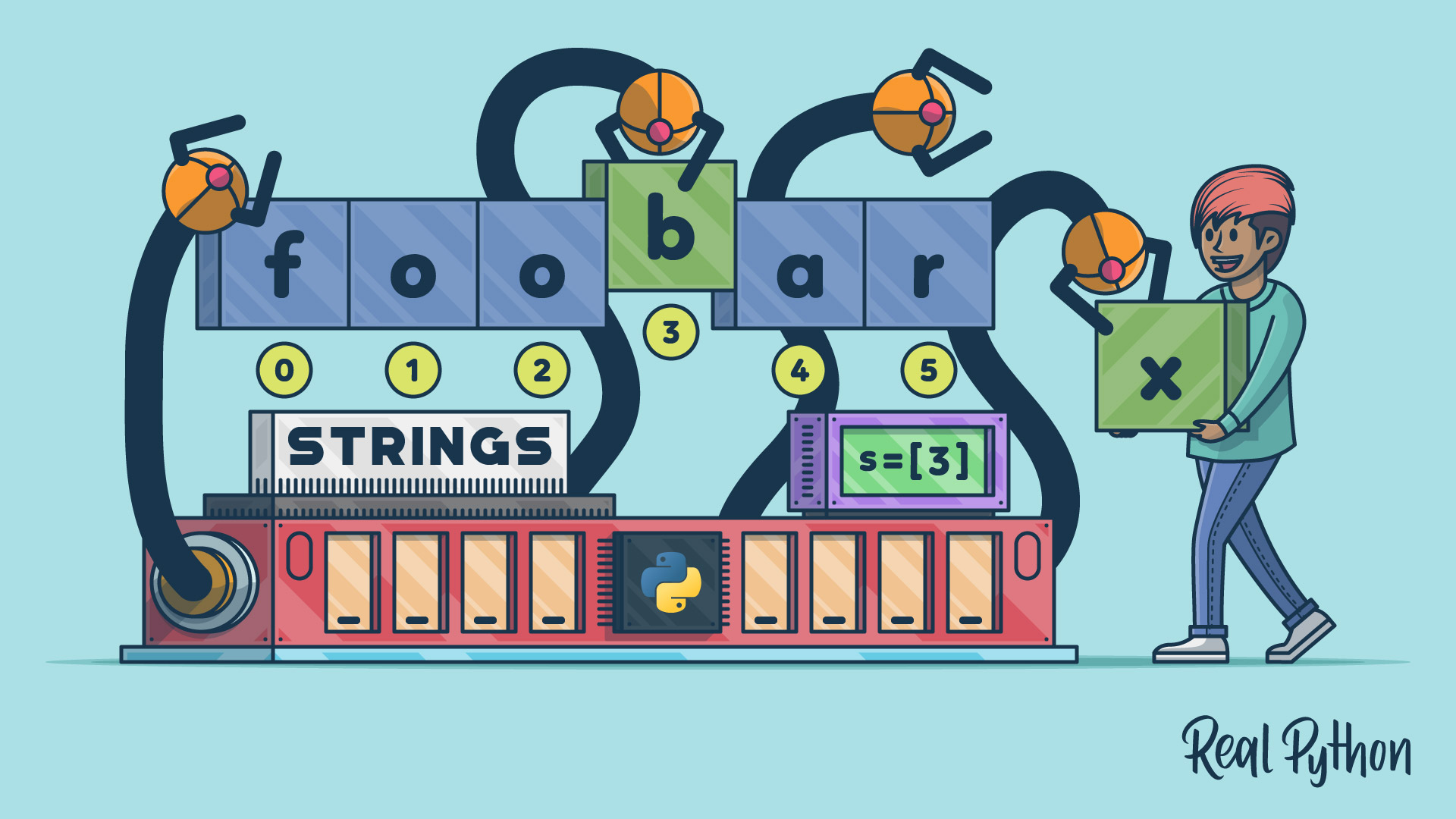gettext
The Python gettext module provides internationalization (I18N) and localization (L10N) services for your Python applications. It allows you to write programs in a way that supports multiple natural languages and local conventions by managing the translation of text strings.
Here’s a quick example:
import gettext
locale_dir = "./locale"
gettext.bindtextdomain("app", locale_dir)
gettext.textdomain("app")
spanish = gettext.translation("app", locale_dir, languages=["es"])
spanish.install()
_ = spanish.gettext
print(_("Hello, World!")) # Output: ¡Hola, Mundo!
For this example to work, you need to have a .po file under the LC_MESSAGES/ directory. This should be your project’s structure:
project/
├── app.py
└── locale/
└── es/
└── LC_MESSAGES/
└── app.po
Then, you have to create a app.mo file alongside of app.po with the msgfmt app.po -o app.mo command.
Key Features
- Provides tools for extracting translatable strings from your source code
- Supports message catalog files for managing translations
- Allows for runtime selection of language translations
Frequently Used Classes and Functions
| Object | Type | Description |
|---|---|---|
gettext.gettext() |
Function | Translates a single string |
gettext.translation() |
Function | Loads a translation catalog for a given language |
gettext.install() |
Function | Installs the translation function into the built-in namespace |
gettext.NullTranslations |
Class | Provides the basic interface you can use to write your own specialized translation classes |
Examples
Loading a specific language translation:
>>> french = gettext.translation("app", locale_dir, languages=["fr"])
>>> french.install()
>>> print(_("Hello, World!"))
'Bonjour le monde!'
Common Use Cases
- Translating user interface text in desktop applications
- Localizing web applications to support multiple languages
- Managing translations for command-line tools
Real-World Example
Suppose you have a Python application that needs to support both English, Spanish, French, and German. Here’s how you might set up the project’s directory:
project/
├── app.py
└── locale/
├── es/LC_MESSAGES/
│ ├── app.po
│ └── app.mo
├── fr/LC_MESSAGES/
│ ├── app.po
│ └── app.mo
└── de/LC_MESSAGES/
├── app.po
└── app.mo
You can click the Show/Hide toggle button below to check the content of your .po files:
# Spanish translation for app
msgid ""
msgstr ""
"Content-Type: text/plain; charset=UTF-8\n"
"Language: es\n"
msgid "Hello, World!"
msgstr "¡Hola, Mundo!"
msgid "Welcome to Real Python!"
msgstr "¡Bienvenido a Real Python!"
# French translation for app
msgid ""
msgstr ""
"Content-Type: text/plain; charset=UTF-8\n"
"Language: fr\n"
msgid "Hello, World!"
msgstr "Bonjour, le Monde!"
msgid "Welcome to Real Python!"
msgstr "Bienvenue à Real Python!"
# German translation for app
msgid ""
msgstr ""
"Content-Type: text/plain; charset=UTF-8\n"
"Language: de\n"
msgid "Hello, World!"
msgstr "Hallo, Welt!"
msgid "Welcome to Real Python!"
msgstr "Willkommen bei Real Python!"
Now, you can set up gettext and use the languages as desired:
>>> import gettext
>>> locale_dir = "./locale"
>>> gettext.bindtextdomain("app", locale_dir)
>>> gettext.textdomain("app")
>>> def print_translations(language_code, language_name):
... print(f"\n--- {language_name} ---")
... translation = gettext.translation(
... "app", locale_dir, languages=[language_code]
... )
... translation.install()
... _ = translation.gettext
... print(_("Hello, World!"))
... print(_("Welcome to Real Python!"))
...
>>> print_translations("es", "Spanish")
--- Spanish ---
¡Hola, Mundo!
¡Bienvenido a Real Python!
>>> print_translations("fr", "French")
--- French ---
Bonjour, le Monde!
Bienvenue à Real Python!
>>> print_translations("de", "German")
--- German ---
Hallo, Welt!
Willkommen bei Real Python!
Related Resources
Tutorial
Strings and Character Data in Python
In this tutorial, you'll learn how to use Python's rich set of operators and functions for working with strings. You'll cover the basics of creating strings using literals and the str() function, applying string methods, using operators and built-in functions with strings, and more!
For additional information on related topics, take a look at the following resources:
By Leodanis Pozo Ramos • Updated July 9, 2025

